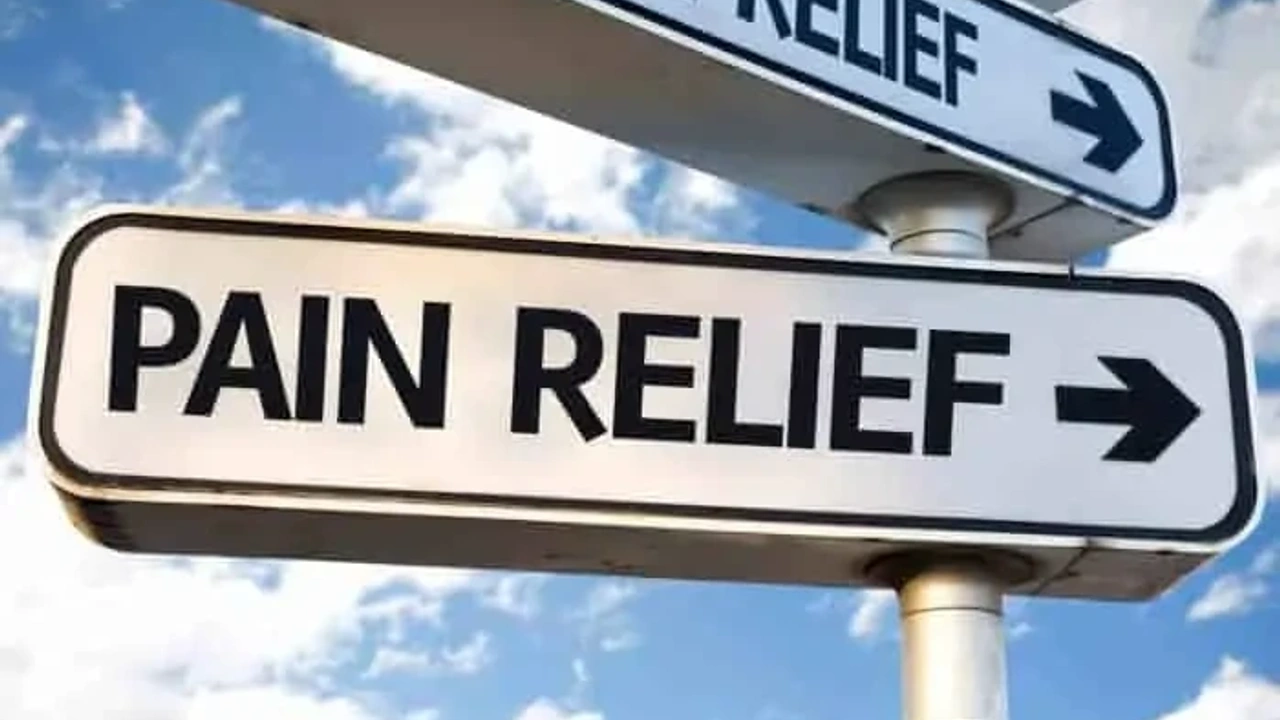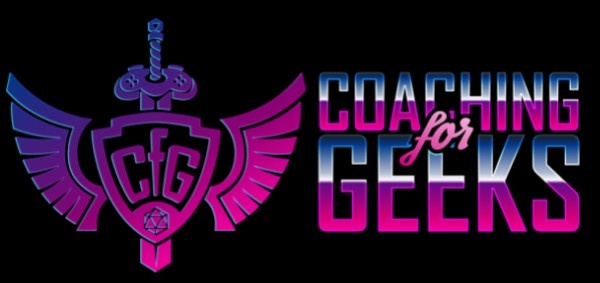How Mindfulness and CBT Helped Me in My Battle With Chronic Pain
Feb 28, 2020
It’s estimated that almost half of the UK population suffer from chronic pain. Many sufferers will shuffle between different medical departments hoping for the answer to their problems, but most of the time they will leave empty-handed. If there is an answer, it may be found in mental treatments, rather than physical.
My Story
My journey with chronic pain started just over two years ago when I was (wrongly) prescribed an antibiotic called Ciprofloxacin. I had an adverse reaction to this drug, something which is surprisingly common; this left me with tendonitis, nerve pain and muscle weakness in my legs. I’ve subsequently had many mobility issues. To try to help, I was referred to many medical departments by my GP. Rheumatology was no help, ultrasounds and blood tests didn’t show anything, and orthopaedics was a nonstarter. In the worst instance, I went to a pain clinic where the doctor was falling asleep while not listening to me, before saying “keep doing what you’re doing.” It almost became a routine to see another specialist, get told there was nothing they could do, and leave none the wiser. The only physical treatment that was any help was the physio, whose exercises helped me gain strength but couldn’t explain the underlying issues.
The Boom and Bust Cycle
This all left me feeling depressed and hopeless, which was when the GP recommended Healthy Minds. Healthy Minds is the mental health services branch of my local NHS trust; every area should have a similar service, though it might have a different name. After a long time waiting, I was put on a one-to-one course of cognitive behavioural therapy (CBT).
I vividly remember that first session. Sitting in the therapist’s office was the first time that I’d spoken to any professional who listened properly to me, and could also understand, and in some ways explain, the experience I’d been having. In particular we talked about the ‘boom and bust’ activity cycles – on a good day, you do too much (boom) and then burn out, causing a significant drop in activity (bust) – and how I had inadvertently fallen into this trap, resulting in numerous flare ups. We discussed the pacing method, which aims to help patients better regulate their activity to get off the boom and bust cycle. In my case, I was told to keep a diary of activity every day, to figure out my hard and soft edges – the most and least activity I was comfortable with at that time – and to ensure that my activity remained within those boundaries. Following this helped me gain confidence and gradually improve my strength.
Mindfulness for Health
After finishing my CBT course, my practitioner recommended me to join a Mindfulness group that was starting soon. This eight-week course followed Vidyamala Burch and Danny Penman‘s book Mindfulness for Health: A Practical Guide to Relieving Pain, Reducing Stress and Restoring Wellbeing. Burch and Penman used mindfulness techniques to recover from terrible accidents and wrote the book to teach others how to do this. Burch also co-founded the Breathworks Foundation, which aims to “ensure that mindfulness and compassion training is available to everyone, regardless of circumstances.”
Each week we discussed one chapter of the book which came with a corresponding twenty minute meditation that we did every day, as well as different habit releasers – everyday mindfulness activities including: “Look at the sky for a while”, “Write down ten good things” and “Spend time with nature”. In particular, the book and course aim to help people separate primary suffering from secondary suffering.
Primary and Secondary Suffering
The book refers to primary suffering as the “actual unpleasant sensations felt in the body” that result from pain. Whereas secondary suffering is the “thoughts, feeling, emotions and memories associated with pain”. Through this we often magnify and dwell on pain, especially those who are chronic sufferers. The book is clear to note that the pain caused by secondary suffering is real, but that “it tends to dissolve when you observe it with the mind’s compassionate eye.” It hadn’t occurred to me that the worrying, depression and self-doubt that accompanied every flareup were causing more pain. The course taught me that by focusing on the pain I was actually feeling, I could reduce secondary suffering.
There were many other interesting and helpful things that I learned from the book and the course, including the difference between the ‘being’ and ‘doing’ modes of thinking, and the Roseto effect – named after a town in America that was found to have extremely low levels of heart disease, not due to diet or lifestyle, but because of the close-knit community bonds that existed there.
Every week as a group, we discussed, teased out, and at times criticised the book with the fantastic practitioners. We discussed our thoughts and feelings towards the chapter and the exercises, and we practiced meditation. It was a fantastic way to learn mindfulness and everyone in the group benefited in some way.
Aftercare
I finished the course feeling much more hopeful, and with more tools to cope with my chronic pain. However, this is not some miracle cure. I still struggle with my mobility and often forget to fill in my pacing diary or do the practices. But I would still highly recommend any sufferers to try the book, refer to the local mental health services, or even drop into any Breathworks centre around the country. If nothing else, it will remind you that you are not alone.
Grab a free guide on how to grow your stream or podcast from scratch. Or perhaps a guide on creating your social media content?

